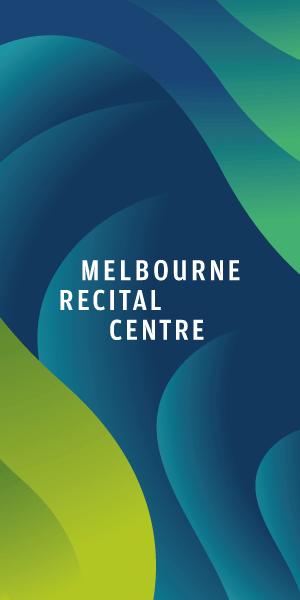A corner of Melbourne at the crossroads
Standing tall on the right-hand side of this photograph, taken looking east along Little Collins St from Russell St, is the head office of Preston Motors, the go-to place to buy the latest Chevrolet and Buick cars.
The year is 1939, just before the outbreak of war, and the building’s clean, stylised lines and tall, slim windows speak to us of its Art Deco inspiration. Yet it sits side-by-side with an old, elaborate streetlight, a relic of the land boom era of the 1880s, the time known to us as “Marvellous Melbourne”.
On the opposite corner is a two-storey building, identified as Winbourne House. That building is not many years old, yet the ground floor appears to be boarded up, speaking to us through the years of the effects of the 1930s Depression. Just along Little Collins St, at #142, is Kemp & Sheehan’s, iron merchants and plumbing suppliers. This company speaks of the good times of the past. They have been there for years yet within a year or two of this photo being taken, the building has been taken over by the furniture store, Malcom Reid.
This is a time and place where things are about to change, in a world that is about to change. War comes and with it comes the need for administrative headquarters. The Defence Department’s Censorship Office opens in Russell St next door to Winbourne House. The RAAF’s no. 1 Recruiting Office moves into the first floor of Preston Motors.
The Postmaster General’s Department (PMG) already has a strong presence in this unglamorous corner of the CBD. Nearby is its Transmission Section and next to Winbourne House is the training section of its Chief Engineers Branch.
In a few years the skyline will change, as Winbourne House is pulled down to make way for the Postmaster General’s Department (PMG)’s Russell Telephone Exchange. All eyes are on this site as it undergoes an agonisingly slow transformation that takes more than six years.
Eventually, the Russell Exchange emerges, a nine-storey telephone exchange and postal hall, feted as the first large building constructed in the CBD after World War II.
The site has been plagued by problems, many of them due to shortages of workmen and materials leading to escalating costs. There are building disputes, too, and strikes, all of which mean the building is not opened for business until 1954, 11 years after the last major construction work had taken place in the CBD.
In the meantime, city workers are treated to amazing displays of acrobatics as dogmen (the men who guide the steel girders into place) “sit out on steel girders 100 feet above the street with all the aplomb of circus trapeze artists”. They are accompanied by the spectacle of the steel riggers, who “stroll along the 18-inch-wide steel girders”, thrilling and entertaining the watching crowds in equal measure.
Time never does stand still. Within a decade, the nine-storey Russell Exchange is old news. Not too far away, on the corner of Nicholson and Albert streets, the harbinger of the high-rise boom, the 21-storey ICI House, dominates the city skyline. At the time, it is the tallest building in Australia. •
Dr Cheryl Griffin for the Royal Historical Society of Victoria

City of Melbourne unveils next urban forest plan for the CBD








 Download the Latest Edition
Download the Latest Edition